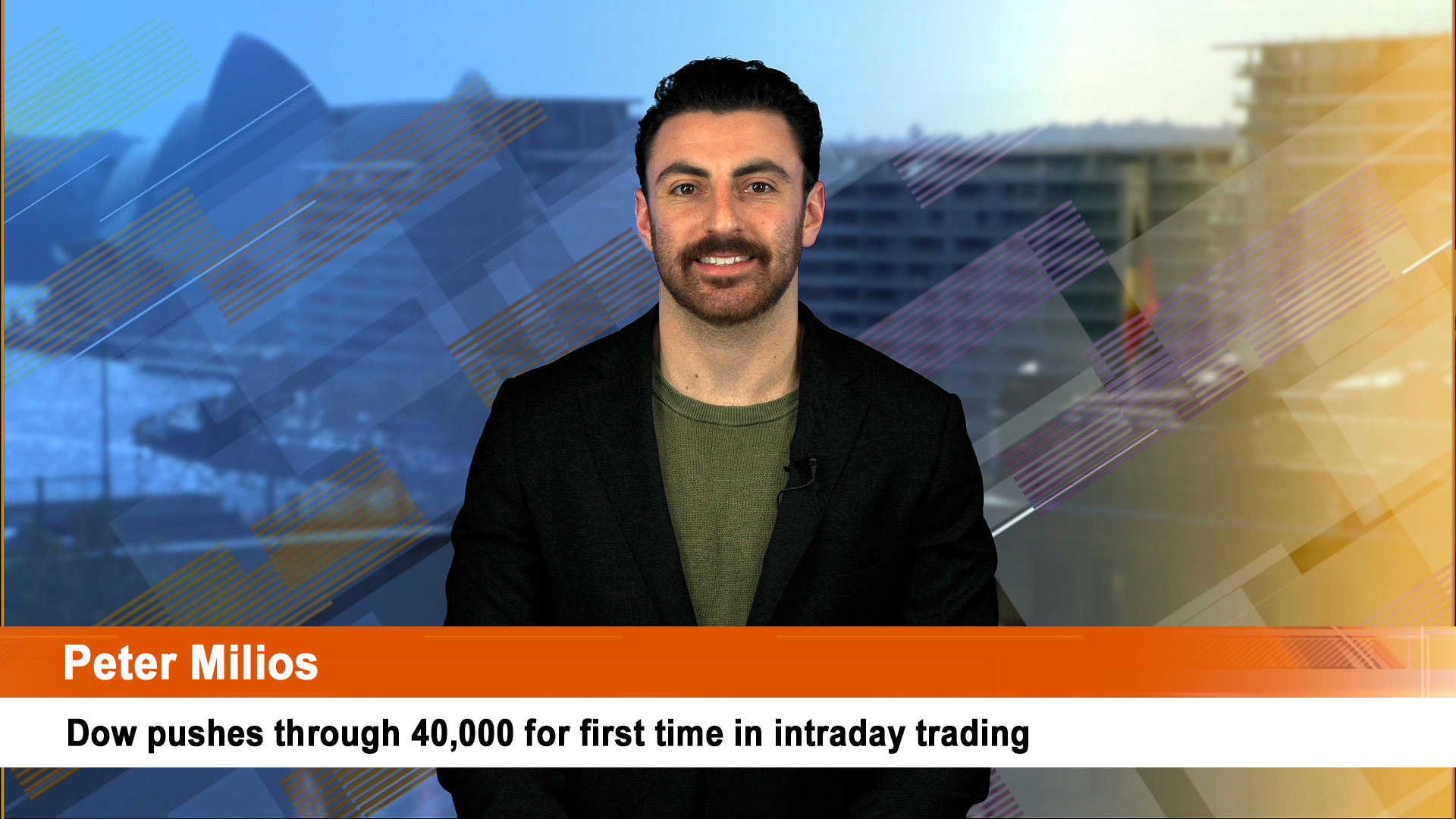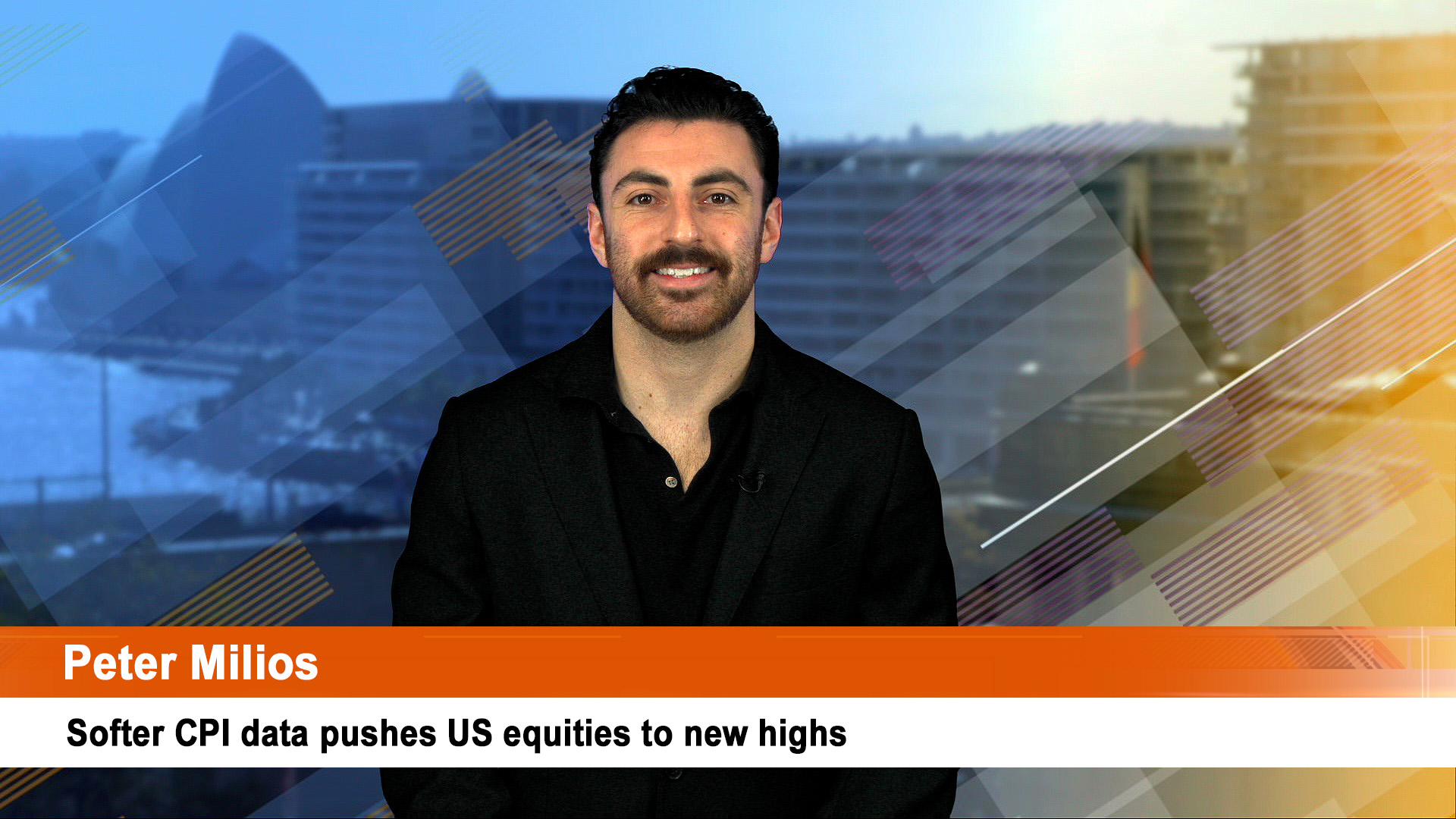Warren Buffett’s Berkshire Hathaway is due to release its third quarter earnings report this weekend and naturally the focus will be on the performance of its huge multi-billion investment portfolio – especially in view of the enormous punt on hydrocarbons by the world’s best-known investor and his team.
The standout investments this year for Buffett have been mid-range US oil and gas group Occidental (or Oxy) and Chevron, the second largest US energy group after Exxon Mobil.
So far this year Berkshire Hathaway has invested around $US30 billion into both companies – just over $US20 billion into Chevron earlier in the year and around $US10 billion into Oxy through a string of purchases in about 8 months or so.
Based on current prices, Berkshire is looking at a paper profit of around $US13 billion or roughly 40% with the Chevron stake now worth $US29 billion and the Oxy holding $US14 billion respectively, or $43 billion together.
Berkshire first established a stake in Chevron in the second half of 2020. It more than quadrupled its position in the first quarter of this year, and topped it up to 161 million shares, or 8.2% of the company, in the second quarter. The punt has paid with Chevron’s share price up 52% to an all-time high this year.
Buffett has a near 21% stake in Occidental – built from scratch this year. Occidental stock has jumped 134% this year. In addition, Berkshire owns $US10 billion in preferred shares in Occidental, as well as warrants entitling it to buy another 83.9 million common shares at a fixed cost of $US5 billion. Those shares would be worth $US6.1 billion at the current stock price. (There’s a 20% plus gain on that holding).
Some of these profits will appear in the September quarter result as unrealised gains but there will be losses as well and the usual confusion between the operating and the statutory results.
With two months to go to the end of 2022, Berkshire is well ahead in its comparison battle with the S&P 500 – Berkshire shares are down around 1.7% so far this year while the S&P 500 is off around 19%.
But Berkshire is more than the investment portfolio and it is a good proxy for how the US economy is travelling with its stakes in railroads, real estate, power generation and distribution, car sales and distribution, retailing and retailing distribution as well as its huge insurance and reinsurance operations which span property and casualty across the US to Australia and Europe.
The big question from insurance is the costs of Hurricane Ian which hit parts of Florida in late September.
Early estimates say the cost will be more than $US50 billion, but much of that will not be felt by insurers like Berkshire until the current 4th quarter and first half of next year as the bills come in. Insurers will have made provisions but these will change as the costs mount.
As well the series of interest rate rises will have hit its real estate selling business as well as its car retailing operations.
Higher demand for coal and oil though will have boosted its huge rail subsidiary BNSF which operates extensively across the western two thirds of the US.
The Berkshire Hathaway Energy business, which operates across much of the US midwest and southwest, should have done well in the quarter but the UK operations will have been battered by that country’s gas and electricity cost crisis.













